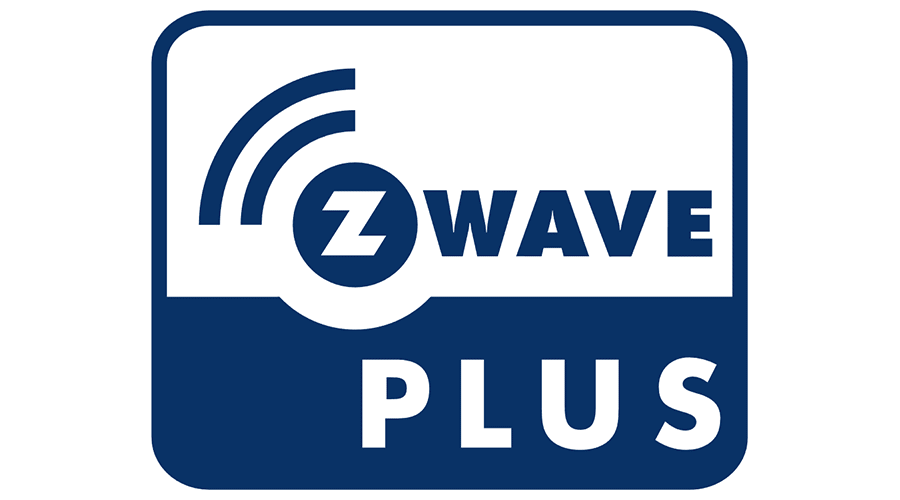Hub-based systems are smart home protocols that do not require an outside internet connection, they function with or without internet. Yes, you can get a lot more functionality out of a system that is connected to cloud services such as Amazon and Google, but you don’t need to. If the internet decides to ‘brown out’ or go out entirely you’re not stuck without control of your smart home; however if you are connected to voice services such as Amazon and/or Google you do lose the ability to control your home via voice. Hence why a smart tablet mounted to the wall is one of the best methods of smart home controls. Instead most hub-based smart homes use a hub that transmits either a Zigbee signal transmission, a Z-Wave signal transmission or both. To read the full description and data sheets for each of these technologies just click.
When setting up a hub-based system, an internal internet connection is necessary (home router) so that you can access it’s GUI (Graphical User Interface) and set up devices, routines, schedules and automations. It’s very important to make sure you set your smarthome hub on a static IP address. This is to prevent the hub from releasing it’s IP address and making sure you do not get locked out of your own smart home hub. If unsure on how to do this, reach out to someone knowledgeable and have them set the static IP.

Zigbee
Zigbee is a wireless technology developed as an open global market connectivity standard to address the unique needs of low-cost, low-power wireless IoT data networks. The Zigbee connectivity standard operates on the IEEE 802.15.4 physical board radio specification and operates in unlicensed radio bands including 2.4 GHz, 900 MHz and 868 MHz.


Z-Wave
Z-Wave was born from an idea by Danish company Zensys in 1999, it came to the US in 2002. Z-Wave, like Zigbee, is a wireless protocol that essentially focuses on connectivity within the smart home.

The Devices
There’s a handful of devices that can be utilized for your smart home hub, most of them have both Zigbee and Z-wave radios built in. However for the devices that do not have these radios built in, they offer USB dongles that can plug into the USB port of your hub. Many of these devices are using their own proprietary operating system, Home Assistant for example isn’t even a device; it is an operating system that you can install onto any home computer. Oh yeah and I forgot to mention, Home Assistant is free. Read further and I will post the link on where to download so that you may try your hand.


The Breakdown
Hubitat Elevation (HE)
The Hubitat Elevation (or Hubitat for short) utilizes both Zigbee and Z-wave signals internally. It has an ethernet jack, a USB port and a power port. It is accessed using it’s assigned IP address that your router or modem have given it. To access the GUI just open a web-browser and type in the IP address and you will be directed to it’s main menu.

Within the side control panel you can create new rooms, check individual devices and their status, insert driver’s coding as well as insert application coding for the devices you may start adding to your smart home. You can also arrange your dashboards (this is a great feature when using a tablet interface), check on your individual apps, check your settings and also manage any subscriptions (Hubitat offers a yearly subscription to remotely manage your hub from afar). One of the more confusing aspects of working with such an inline network hub like Hubitat is the driver codes and application codes. Most of them are available on Github and Hubitat’s support forum is one of the most knowledgeable forums I’ve had the pleasure of working with when a question arises and I’m unable to find a solution.
All of the GUI itself is pretty user friendly and easily navigated. Many of the automations use an If/Then statement. For example…
If time of day = 10:00 PM
Then Turn On Living Room Lamp
Then Wait 10 minutes
Then Turn Off Living Room Lamp
The Hubitat is by far the most user friendly of these particular smarthome hubs, next we’ll look at Home Assistant.
Home Assistant (HA)
Home Assistant is a very powerful operating system that is used to perform anything from the very basic of smarthome automations to the very advanced. It’s strong suit lies in a couple different attributes. For one, it’s a free operating system. Two, it can detect wireless devices automatically such as Roku’s, Samsung products, wireless routers, gaming consoles and plethora of other devices. However it does not come with native Zigbee and Z-Wave integration, a separate USB dongle is required. You can install it on an older computer or even a virtual machine that is connected to your network. Many people install it onto a Raspberry Pi and integrate into their network and have much success.

